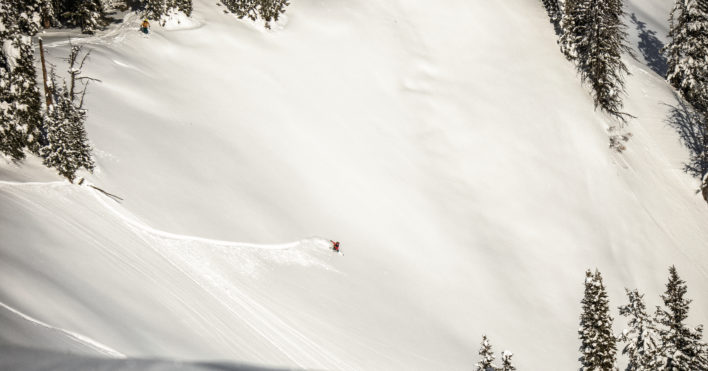The word efficiency gets used excessively these days. Everything has to be more efficient: cars, computers, factories and, yes, even splitboarders. Over the past several years, splitboard technology has improved exponentially, leaving the door wide open for resort-based snowboarders to access the mountains like never before. Boards are lighter, more durable and more functional, and […]
Mountain Skills: Managing Risk and Responsibility
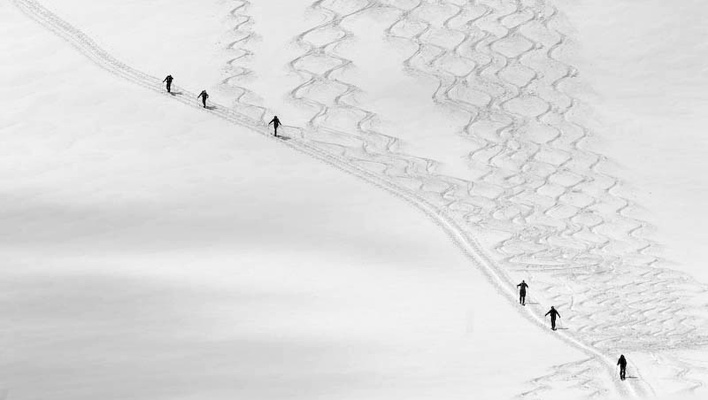
On February 28, 2014, a Missoula, Mont. snowboarder launched into the Mt. Jumbo backcountry ready to carve perfect turns. Farthest from his mind was triggering a massive avalanche that would decimate two houses, bury three people and kill one. It’s a dramatic example of how someone’s actions in the backcountry can affect others.
Mountain Account: Unstable Intuition
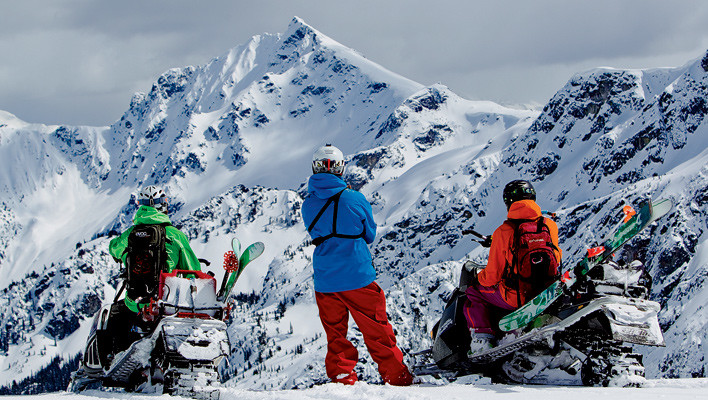
In April 2013, photographer Chris Christie and three friends ventured north of Pemberton, B.C. to Sun God Mountain and its popular, steep, north-facing terrain. The group split up, and after observing natural avalanche activity backed off from their intended line. Christie and friend Jimmy Martinello chose a nearby north-facing couloir, that from their snow pits and intuition, they deemed skiable. But their intuition was wrong.
Hips Don’t Lie: How a solid foundation leads to strong skinning
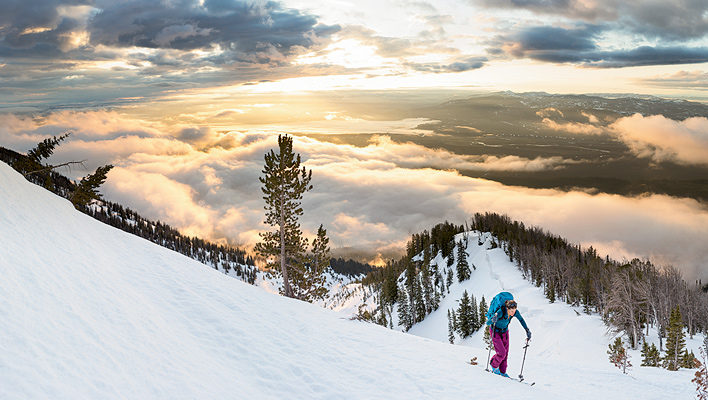
In 2014, when Exum guide and longtime skimo competitor Janelle Smiley entered a hospital for double hip surgeries, she worried she might never skin again. She and her husband Mark, an internationally certified mountain guide, had built a life around uphill skiing—Janelle is a three-time winner of the National Skimo Championship, a two-time North American Championship winner and won the team division of the 2013 Swiss Mountaineering Championship with partner Stevie Kremer.
Quick Pits Part II: How pits help with in-the-field decision-making
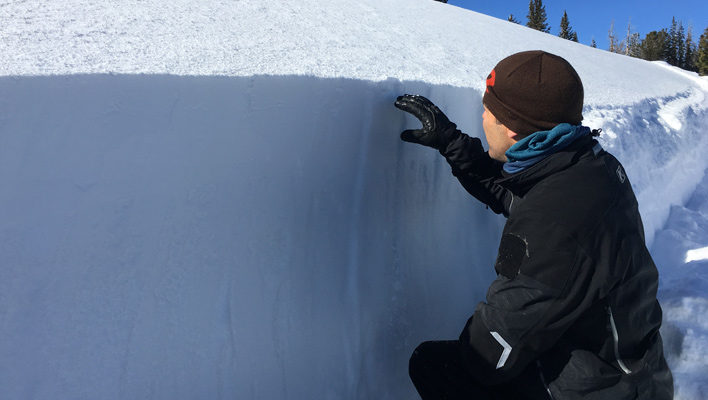
“Wait!” my partner said, as we readied to drop in for a second run. “Should we dig a quick pit?” It was mid-December, so digging was easy—the snowpack was only two feet deep. We decided, “Why not? Can’t hurt. Could help a little, maybe a lot. Let’s dig it.”
Mountain Skills: Managing larger groups
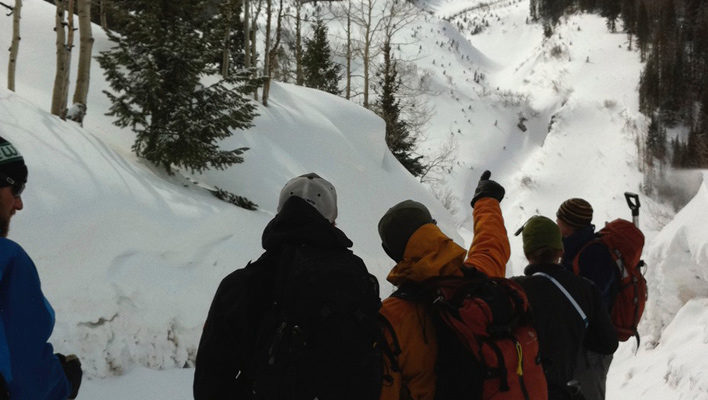
The slinky—it’s not just a childhood toy; it’s also a ski-group phenomenon. It occurs when the last person in a large group finally arrives at the break spot, only to see the leaders of the group start uphill again. Traveling in larger groups can cause a variety of challenges and logistical problems, not just related to the slinky, too— think pacing, communication and differing goals for the day.
Mountain Skills: The dos and don’ts of quick pits
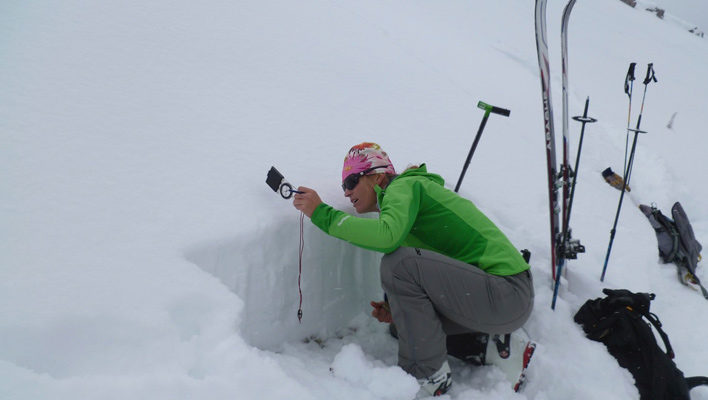
Balancing the need to assess snow stability on the skintrack while also making sure your partners don’t freeze can be a difficult task at times. To be safe in the mountains, you need to gather a lot of information on a variety of aspects and elevations, but spending an hour in a snow hole is less than appealing, especially in inclement weather.
Fine tuned and dialed in: Off-season prep for the upcoming winter
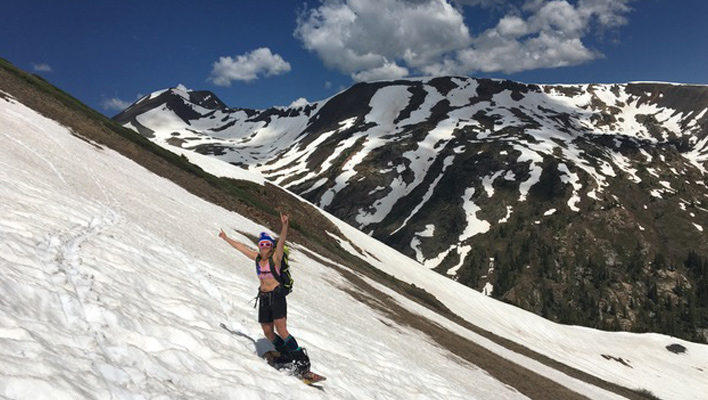
It’s only midsummer, but the powder dreams are settling in each night. As the days grow shorter, trailers for new ski movies debut and you’re in the thick of researching next year’s gear, it’s also time to ask yourself how best to keep your skills sharp in preparation for the upcoming winter. Here are a few things to do during the warmer months to plan for the coming winter.
Mountain Skills: Looking beyond instability
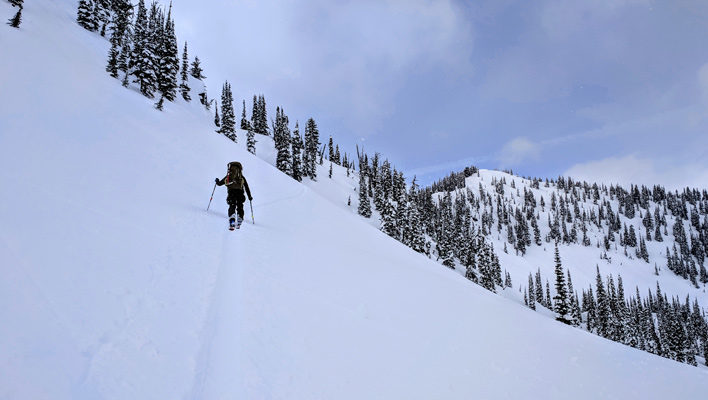
Understanding the current level of risk related to avalanches should be paramount before, during and after your backcountry trip, but knowing what else to look for besides what’s in the bottom of a snow pit can be complicated.
The Skills Guide: Four Steps for Managing Avalanche Hazards
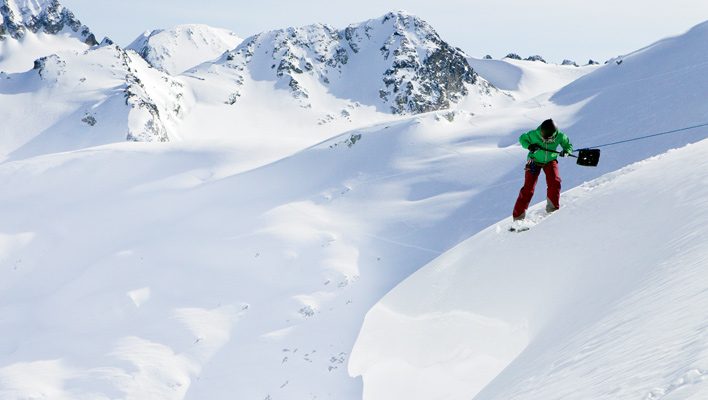
Low, moderate, considerable, high, extreme—the avalanche hazard can be broken into fairly certain terms. But that simplicity belies a much bigger and more nuanced beast, ever changing and deeply complex, especially when paired with personal perspectives on risk and consequence.


